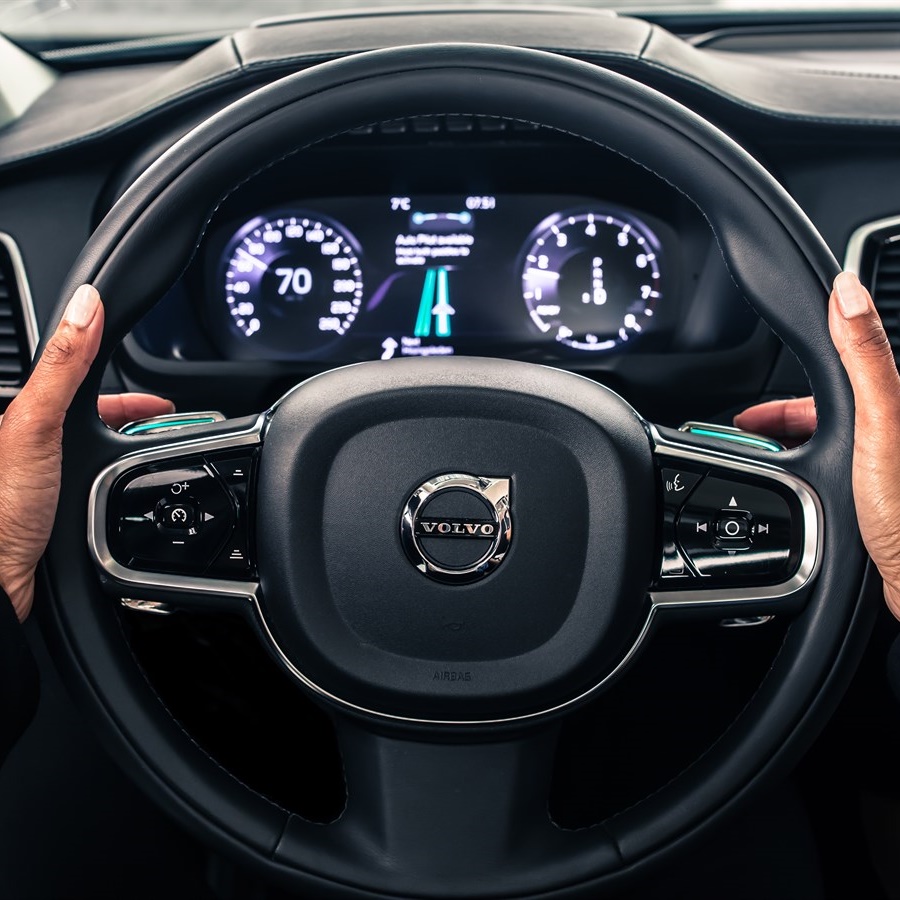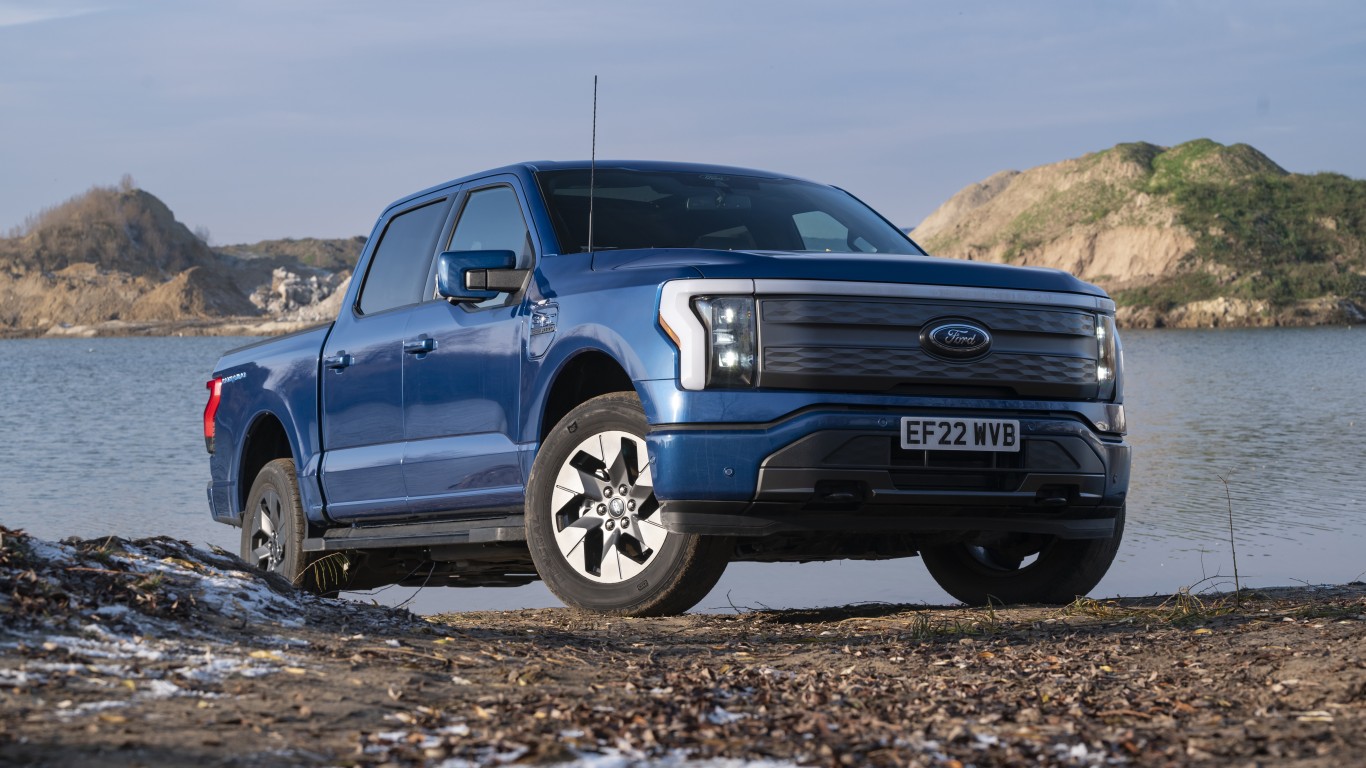
Volvo was supposed to be the next major luxury brand in the United States, a competitor to the likes of BMW, Mercedes and Toyota Motor Corp.’s (NYSE: TM) Lexus. It continues to show that effort has faltered so far, and it shows no sign of an improvement.
Volvo’s U.S. sales in February were 4,651, down 11.6%. For the first two months of the year, they dropped 14.9% to 8,123. Volvo expects its new XC90 to stem the tide, but its production will not reach expected levels until the second quarter of the year. Sales of the model fell 45.8% to 1,341 last month, so the production ramp up is essential, although it will not guarantee a larger sales volume.
What Volvo’s excitement about the XC90 does not acknowledge is that many luxury car buyers are not prepared to wait months for a new car. This is particularly true when the luxury segment is filled with highly regarded alternatives. The XC90 is in the hot crossover/SUV part of the market, which is flooded with models from brands that range from Jaguar and Infiniti to Audi and BMW.
Volvo also has the problem of its mediocre ratings in the important J.D. Power 2017 Vehicle Dependability Study. The brand received a score of 154 problems per 100 vehicles, compared to an industry average of 156. With scores of 110, Lexus and Volkswagen’s Porsche took the top spots. BMW, Lincoln, Jaguar, Mercedes, Cadillac and Audi all ranked higher than Volvo.
Volvo management commented:
Volvo is implementing a sweeping $11 billion transformation plan that has involved the development of its own modular vehicle architecture, a new engine range, global manufacturing capability, a completely renewed product range and world leading developments in safety, autonomous driving and connectivity.
That does not matter for now in the United States. What does is Volvo’s ongoing struggle.
Get Ready To Retire (Sponsored)
Start by taking a quick retirement quiz from SmartAsset that will match you with up to 3 financial advisors that serve your area and beyond in 5 minutes, or less.
Each advisor has been vetted by SmartAsset and is held to a fiduciary standard to act in your best interests.
Here’s how it works:
1. Answer SmartAsset advisor match quiz
2. Review your pre-screened matches at your leisure. Check out the advisors’ profiles.
3. Speak with advisors at no cost to you. Have an introductory call on the phone or introduction in person and choose whom to work with in the future
Get started right here.
Thank you for reading! Have some feedback for us?
Contact the 24/7 Wall St. editorial team.


